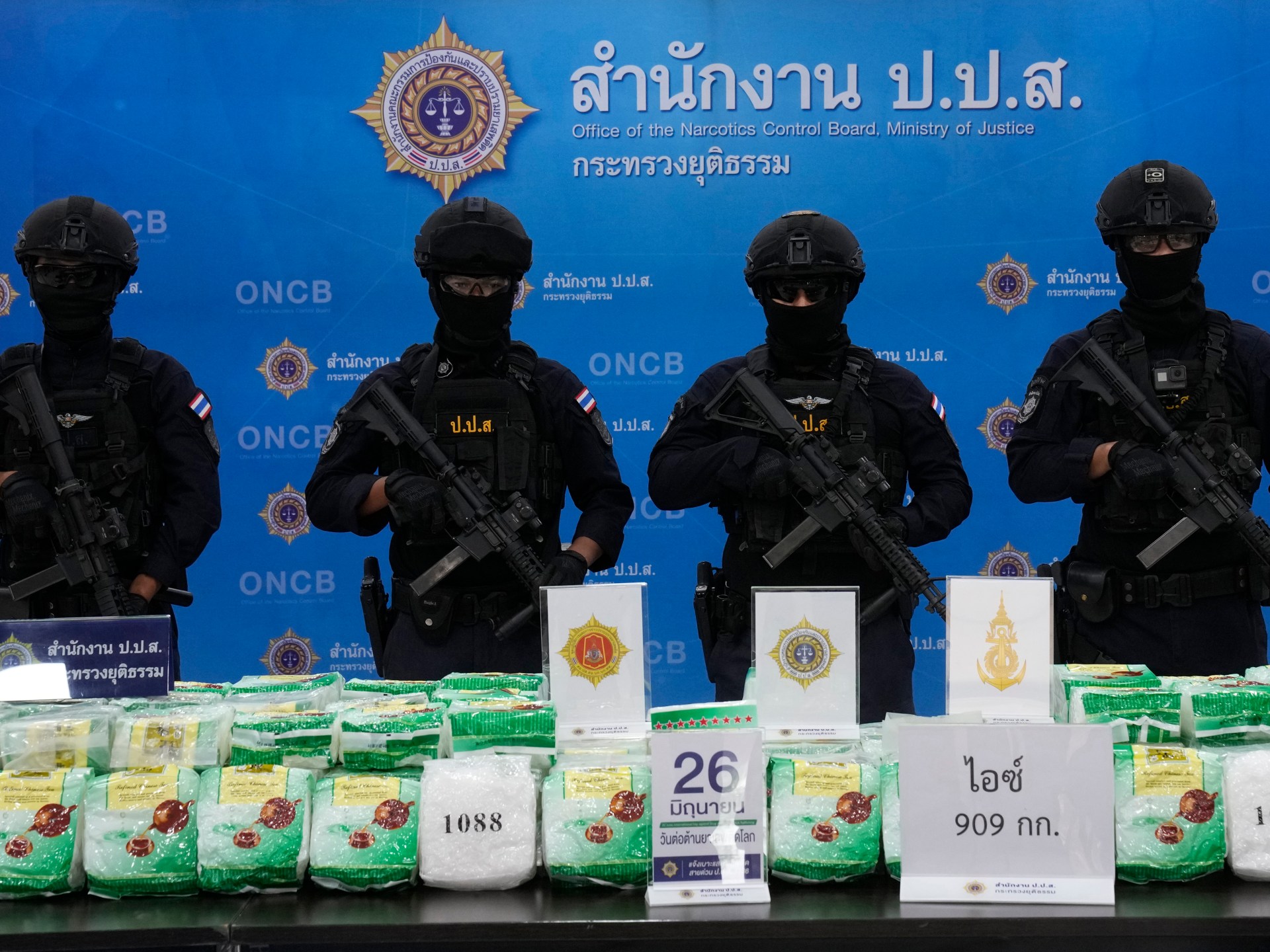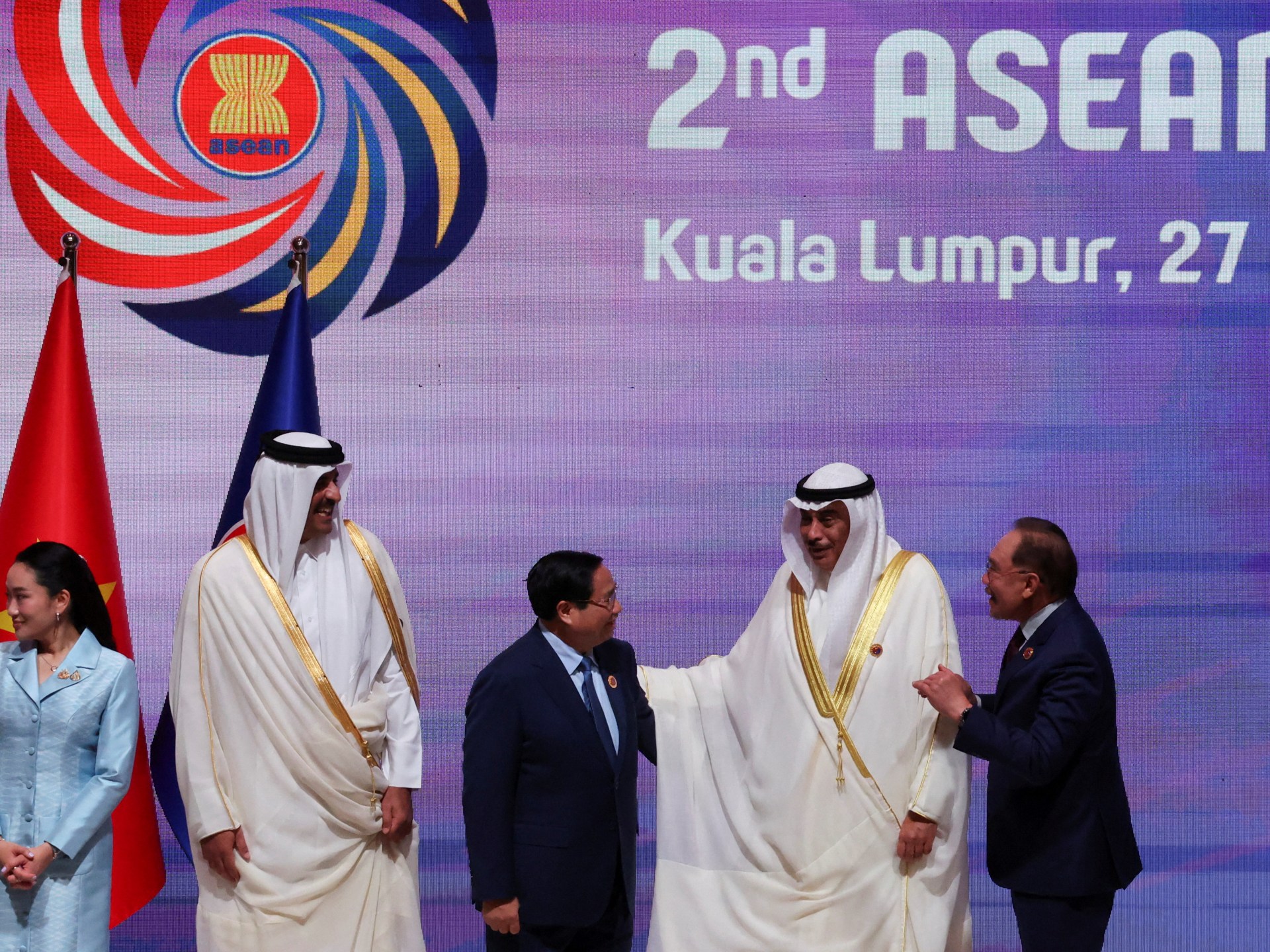Bethany Clarke, 27, and her best friend Simone White, 28, met in Laos, Southeast Asia, for the trip of a lifetime, but after consuming vodka shots that are thought to have been tainted with methanol, it ended in tragedy
It was meant to be a fun-packed couple of weeks travelling through Southeast Asia for Bethany Clarke and her best friend Simone White. Enjoying free shots of vodka at their hostel, the pair couldn’t wait to find out what their adventure would bring.
Sadly, it ended in tragedy after the pair were poisoned by what they believe was methanol.
Bethany, who was 27 at the time and lived in Brisbane, Australia, and Simone, who had turned 28 just a week before the trip and lived in London, Greenwich, met in Laos as a halfway point for a holiday together. They had been best friends since the first year of primary school, and after amending their plans to include two Southeast Asia countries, they were excited to explore Laos before heading to Cambodia.
During the first few days of their trip in November 2024, they spent time in Vang Vieng, a small town on the Nam Song River in Laos, which had once been a notorious party destination for backpackers. In between activities, like tubing down the river, they stayed two nights at the Nana Backpackers Hostel after being impressed by its numerous “positive reviews”.
READ MORE: Dad heard ‘loud bang’ in Canary Islands hotel, then saw little girl impaled on glass
At the hostel, they met one of their friends from home who had also been travelling, and on their second night, the three friends took advantage of the hostel’s happy hour, offering free vodka and whiskey shots from 8pm to 10pm. That night, Bethany and Simone drank vodka with a mixer, like Sprite, but Bethany recalled it tasting “quite weak”.
“I remember thinking ‘that’s unusually weak’, but I didn’t think anything of it. I just thought it’s happy hour, the chances are they’re wanting to cut costs, so they’re probably putting water in it,” Bethany exclusively told the Mirror. “I hadn’t heard about methanol poisoning and about how organised crime rings would add methanol in, to cut costs.”
Looking back, Bethany recalled that the whiskey was “black” and that her friend didn’t like it, but again, didn’t think much of it. When the happy hour ended, Bethany went to bed feeling tired, while Simone and their friend went across the road to an Irish bar for some more drinks.
“I just remember thinking I’m unusually tired, and I do get tired after drinking, but that was quite extreme. I don’t know whether it was the methanol already kicking in, or whether it was jet lag. Looking back, it was probably the methanol”.
She explained that being asleep could have “masked” some of her symptoms. According to the UK Health Security Agency, the substance can cause “convulsions, blindness, nervous system damage, coma and death.”
The next morning, Bethany said she felt “weak and not very well coordinated”. She added: “My brain wasn’t really able to problem-solve or think very clearly. I had no hunger whatsoever, which, again, is quite unusual if you’re hungover, but I just had no interest in food at all.”
Putting it down to being hungover, Bethany and Simone “forced themselves to eat something” and went out for their booked tour to the Blue Lagoon in the morning, before a kayaking experience in the afternoon. However, during the day out, Bethany said that they didn’t have “any sensible conversation” but instead were just talking about how they were feeling, “it was like having the brain of a five-year-old, it was really, really strange.” She also recalled Simone being sick off the kayak, which she said was “unusual”.
Later that day, they caught a bus to their next destination in Vientiane, but halfway through, Simone was sick and Bethany fainted and hit her head. “We didn’t have any conversations with anyone around us, and nobody seemed concerned,” Bethany said.
Showing no signs of improvement, they went to a public hospital after being dropped off by the bus. Still unaware of the severity of the situation, Simone and Bethany were checked over and were told that it could be “food poisoning”.
“We had different diets, so that didn’t make sense,” Bethany shared. “They put an IV in me, which I reluctantly agreed to, and eventually Simone came into the room, still walking and talking. I gave her some electrolytes once she got a bed, but she threw them up immediately.
“I checked her heart rate, and it wasn’t bad. And given that she had eaten something, I wasn’t too worried – at that point she had eaten more than me, so I thought maybe I was worse as I had fainted. We also thought that, as she had chosen to come in this last minute, she was presumably feeling a little bit better, but turns out the opposite was true.”
She continued: “Less than two hours later, she went into respiratory distress and was gasping for air. Simone wasn’t able to talk anymore or look at me, her eyes were glazed, looking in a different direction.” Simone was moved to the ICU part of the hospital before their friend suggested going to a private hospital for further care.
They arrived at the private Kasemrad International Hospital in Vientiane, around 27 hours after they consumed their drinks at the hostel. Tragically, Simone’s condition deteriorated, and she needed emergency brain surgery before being placed on life support.
Simone’s mum flew in from Kent to be with her daughter, and was given the heartbreaking ultimatum on whether to keep her on life support. Bethany said that doctors had to explain to Sue how to switch off her daughter’s life support, and she was told she’d have to do it herself, due to religious reasons.
Sue made the heart-wrenching decision to take the tube out of her daughter’s mouth and turn off her life support. The 28-year-old died on 21 November 2024, just nine days after drinking the shots at Nana Backpackers Hostel in Vang Vieng.
An inquest into her death earlier this year confirmed that Simone tragically died from a bleed on the brain. Simone is one of six tourists to have died from suspected methanol poisoning in Laos.
The hostel closed, but now appears to be rebranded as Vang Vieng Central Backpacker Hostel. According to Tripadvisor, it is planning to reopen and is taking bookings from August this year.
Bethany recovered, but has been left with the devastating heartache of losing her best friend. Now, she has launched the Simone White Methanol Awareness campaign to help raise awareness and prevent this from happening to anyone ever again.
She has called for the government to do more to help travellers understand the dangers of drinking alcohol abroad, including putting up warning posters in airports. In addition, Bethany set up a petition for the dangers of methanol poisoning to be taught in schools across the UK.
Bethany shared with us: “Since the poisoning, I’ve found out more information about Vang Vieng in general, because it does seem to have a history of very loose safety regulations. There were no documented cases of methanol poisoning in Laos when we were there, so how were we meant to know? It’s frustrating that these cases go undocumented because no one really understands the true extent of what’s actually going on.”
Worryingly, Bethany claims that “so many” of the hostel’s reviews had been deleted, which she found out just days after the alleged poisoning happened. She claimed: “On reviews, people were saying that people were being poisoned and to stop serving these drinks, but they’d come back immediately, saying this is slander and all that. Then, less than a day later, the review would be gone from Google.”
This led Bethany to actively share warnings and messages on social media, while they were still in hospital, about the Vang Vieng hostel in a bid to warn others about the serious risk of the drinks. “I’m so glad I did that at the time, you don’t know how many more people could have gone, it’s so scary,” she added.
Describing her best friend, Bethany shared: “She was a very caring person, she had great listening ears and if I had any problems, she would help me out. She was an organiser, and she had a very busy social schedule and so many friends. She was my best friend, and I probably won’t ever meet anyone like that again.”
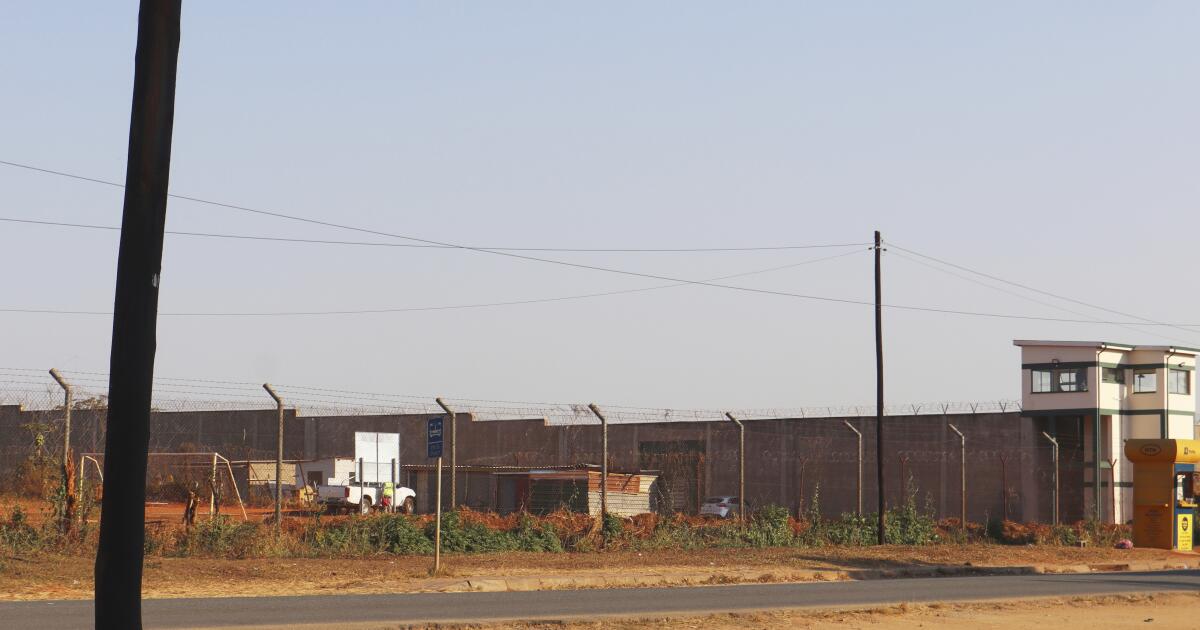
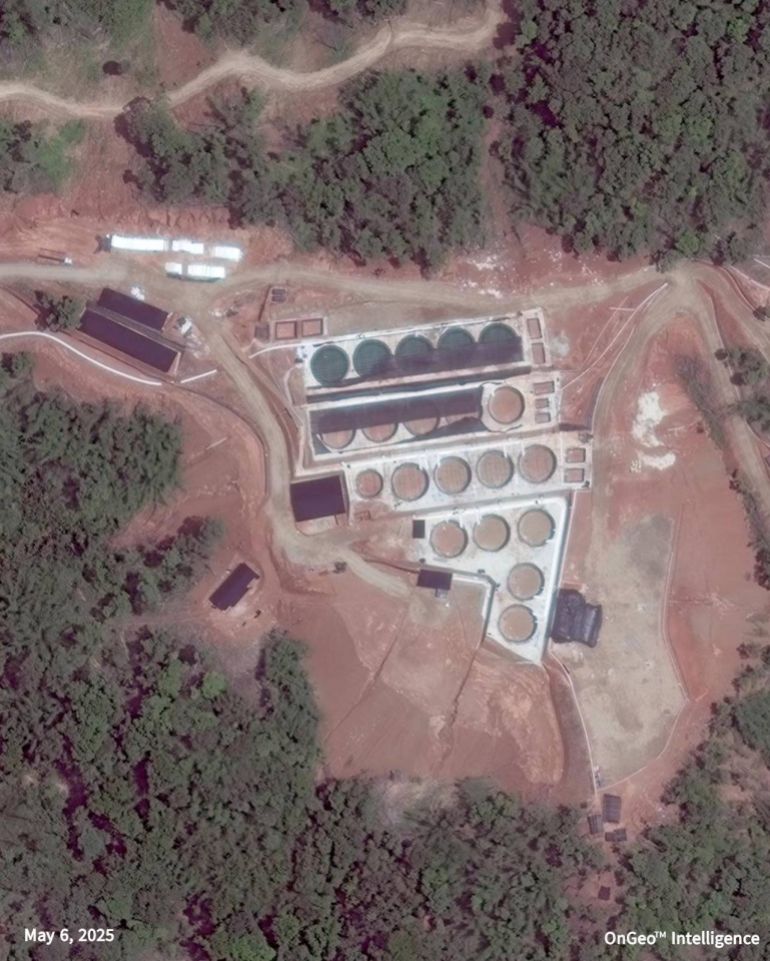



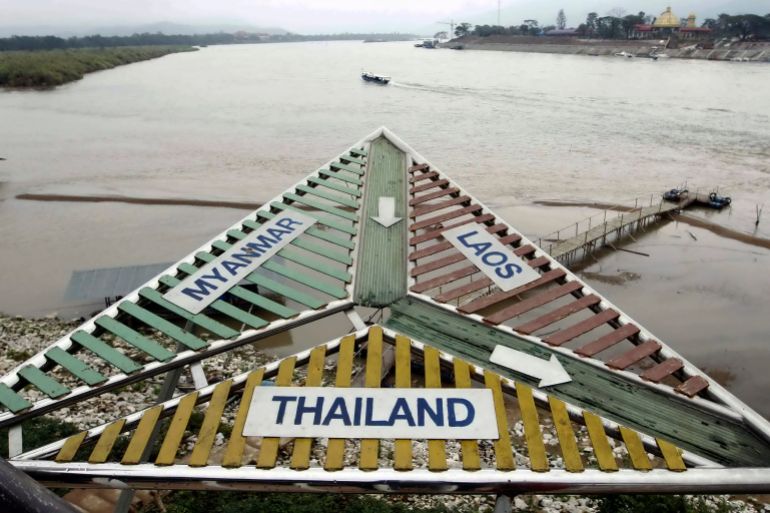

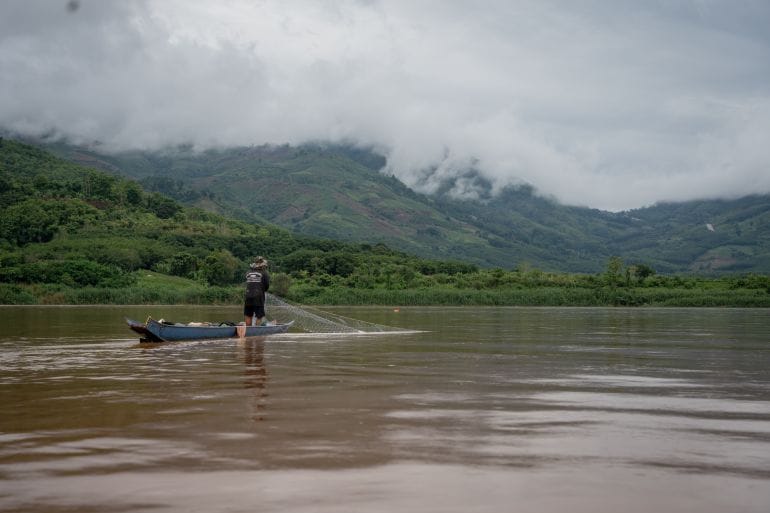
![- A fisherman along the Mekong River in Bokeo Province, Laos [Al Jazeera/Fabio Polese]](https://www.occasionaldigest.com/wp-content/uploads/2025/08/Fishermen-Laos-Fabio-Polese-34-1753773262.jpg)
![Laotian fisherman Khon, 52, throws a net from the bank of the Mekong River without catching anything [Fabio Polese/Al Jazeera]](https://www.occasionaldigest.com/wp-content/uploads/2025/08/Fishermen-Laos-Fabio-Polese-26-1753861860.jpg)
![A fish seller at Kad Wang View, the main market in Houayxay, where stalls were nearly empty during a recent visit [Fabio Polese/Al Jazeera]](https://www.occasionaldigest.com/wp-content/uploads/2025/08/Fishermen-Laos-Fabio-Polese-44-1753862477.jpg)
![Hom Phan, 67, steering his fishing boat on the Mekong River [Fabio Polese/Al Jazeera]](https://www.occasionaldigest.com/wp-content/uploads/2025/08/Fishermen-Laos-Fabio-Polese-43-1753863104.jpg)
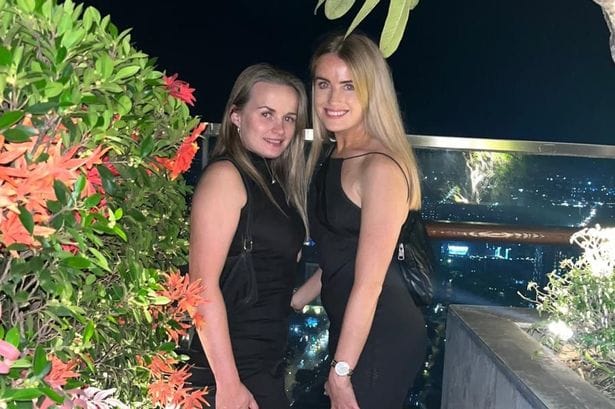

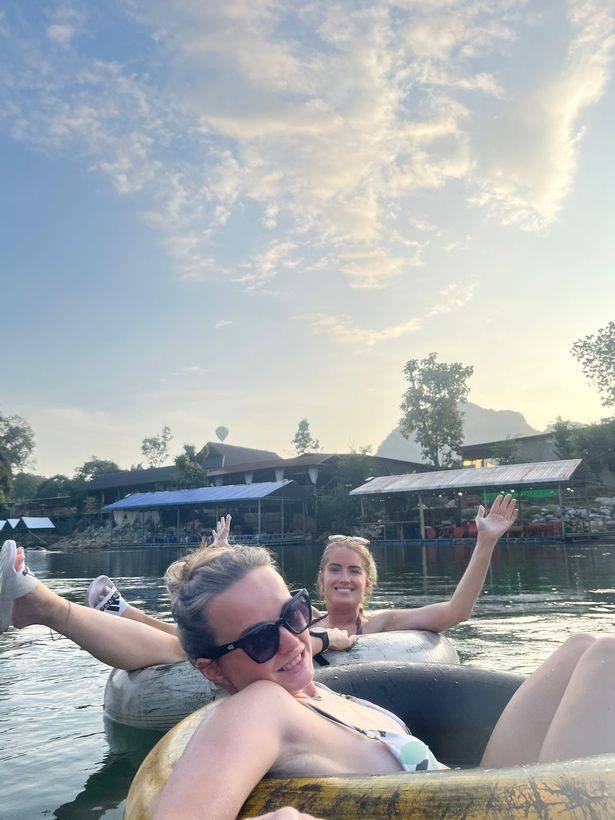

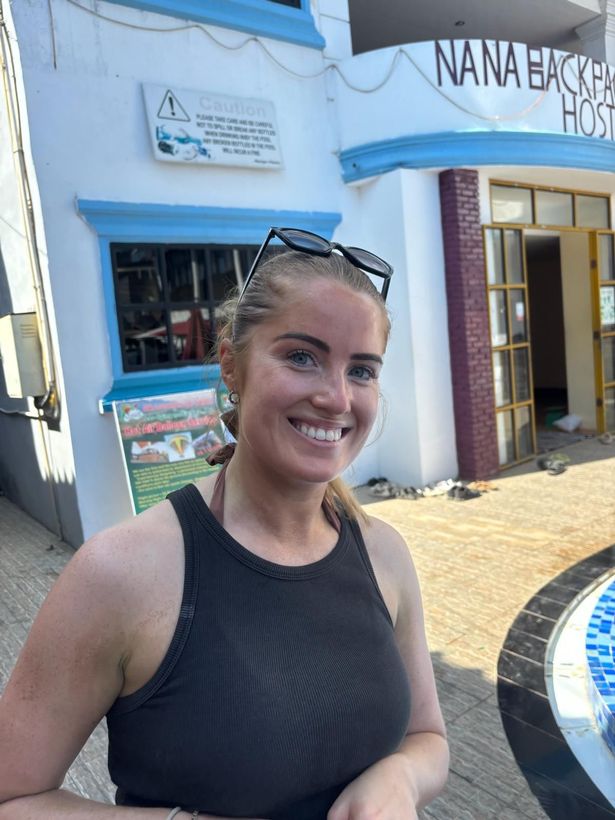

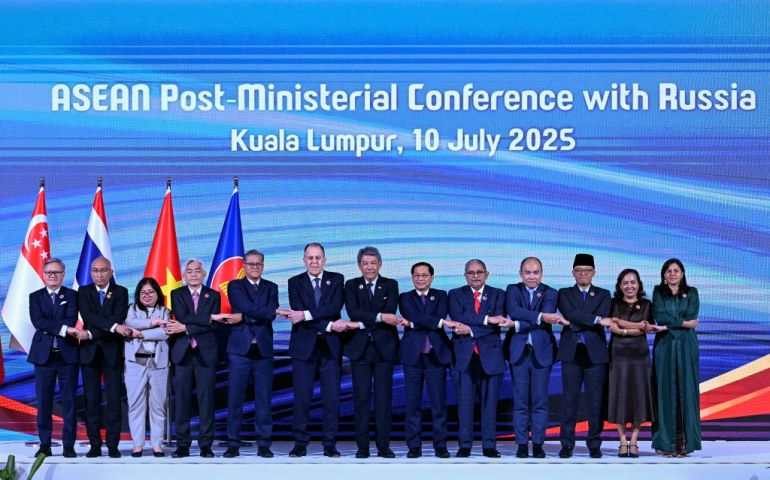
![Family photo of the attendees of the Association of Southeast Asian Nations (ASEAN) Post-Ministerial Conference with Russia during the 58th ASEAN Foreign Ministers meeting and related meetings at the Convention Centre in Kuala Lumpur on July 10, 2025. [Mohd Rasfan/ AFP]](https://www.occasionaldigest.com/wp-content/uploads/2025/07/000_66CV49R-1752135088.jpg)
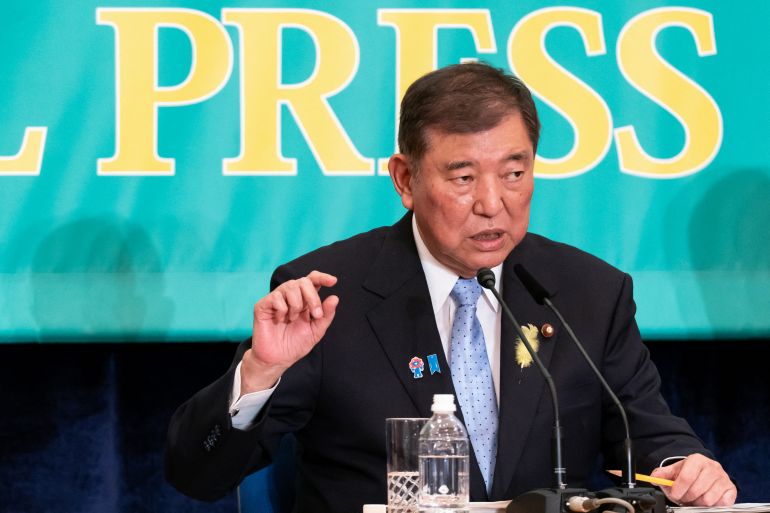

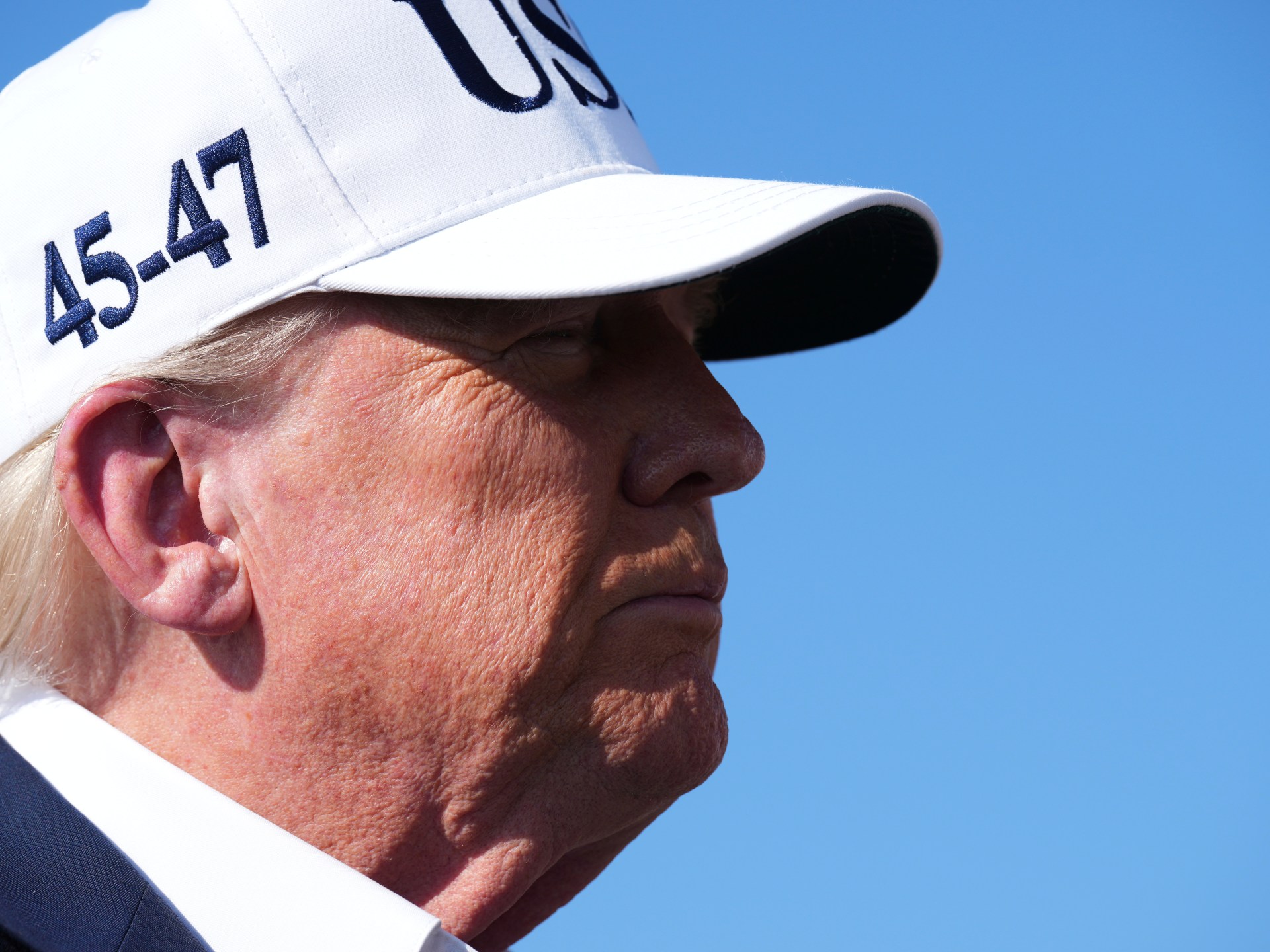
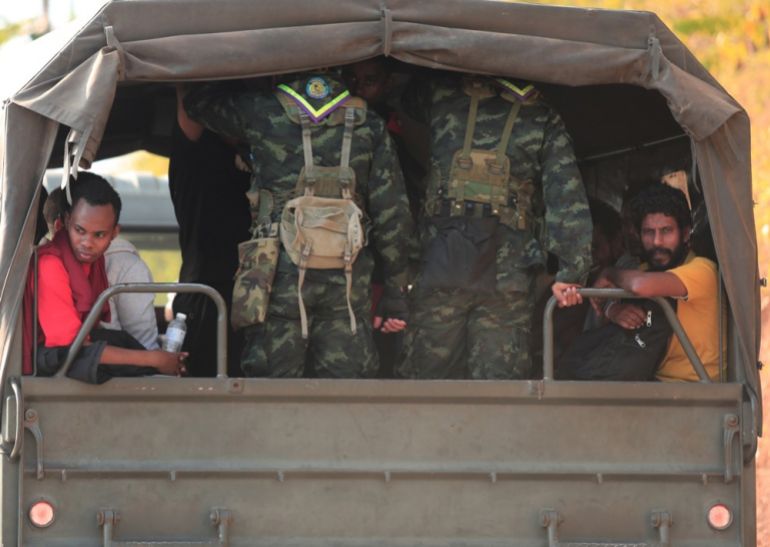

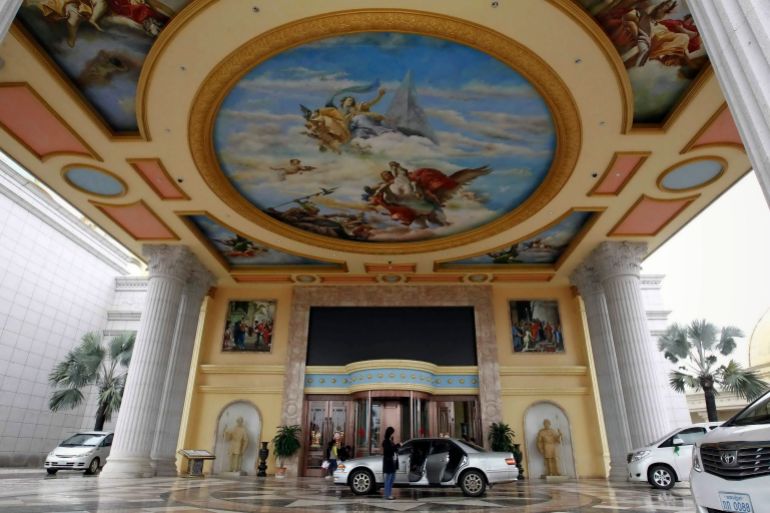
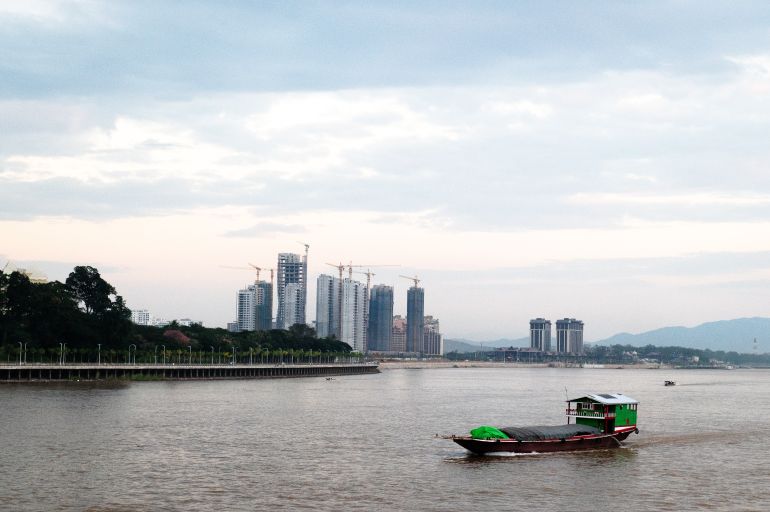
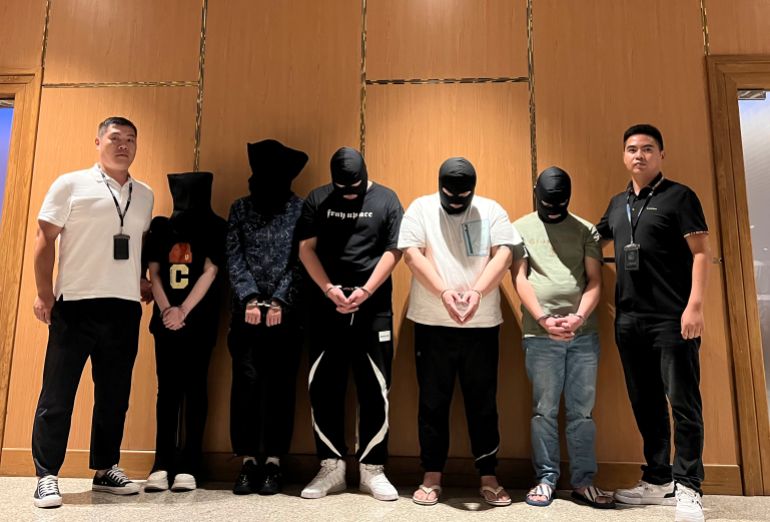


![The international immigration checkpoint in the GTSEZ [Al Jazeera/Ali MC]](https://www.occasionaldigest.com/wp-content/uploads/2025/05/GTSEZ-6-1-1748330770.jpg)
